During the manufacturing process, engineers may request additional treatments of metals to help them suit various purposes. These treatments can enhance certain properties, such as friction, heat resistance, corrosion prevention and electrical properties. Sometimes, they can just improve the metal’s aesthetics.
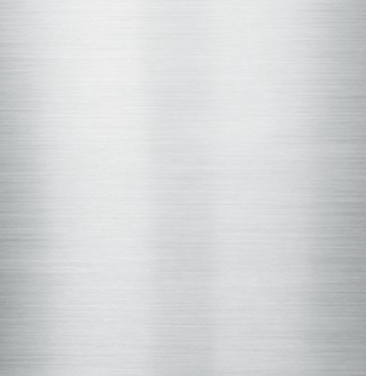
Vacuum Plating
This process uses ionised substances in tandem with a vacuum chamber to deposit metals onto the substrate. The ionised products – metals, oxides, nitrides – are carefully created in a separate environment and then placed with precision on the substrate within the vacuum chamber.
This method’s accuracy is commonly used for coatings on higher-grade products, typically through ion plating, vacuum vapour deposition and sputtering.
Painting
It may seem anomalous amid these cutting-edge scientific processes, but simple surface-treatment painting can also improve corrosion resistance – and, of course, aesthetics.
Paint formulations have developed to be more protective for metals, and can be applied through brushing, spray painting, or even dipping.
This process is now fully automated by car manufacturers, utilising robots to accurately paint vehicles.
Hot Dipping
This one speaks for itself. Steel is dipped into molten zinc in a process called hot-dip galvanisation, where the zinc alloys with the surface of the base metal. This surface treatment provides significant corrosion resistance, ideal for harsh conditions.
Thermal spraying
This method might be the most extreme, consisting of accelerating and colliding heated metals to mechanically bond them to the substrate.
For this process, a metal or ceramic is melted, either by fire, plasma or electricity. The added friction it provides can be beneficial for specific uses. It also provides protection against higher temperatures.
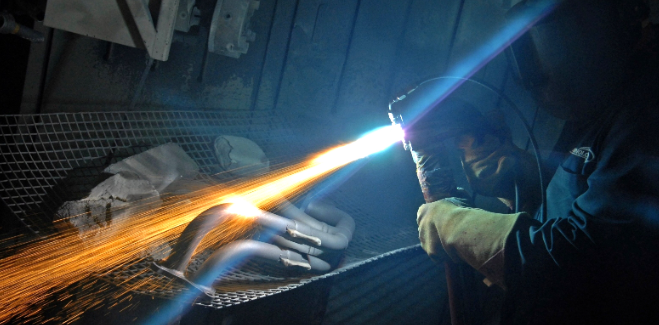
Electroplating and electroless nickel plating are two omitted entries worth investigating, with the two drastically different processes providing similar results. You can find plenty of information on these methods online, including standard costs, quotes, and uses, such as the services at https://www.poeton.co.uk/standard-treatments/electroless-nickel-plating/.
Regardless of requirements, there will be a metal surface treatment for the job. Hopefully, we’ve helped you get informed and assisted in narrowing down your choices.

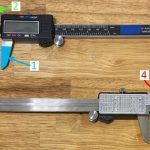

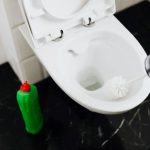

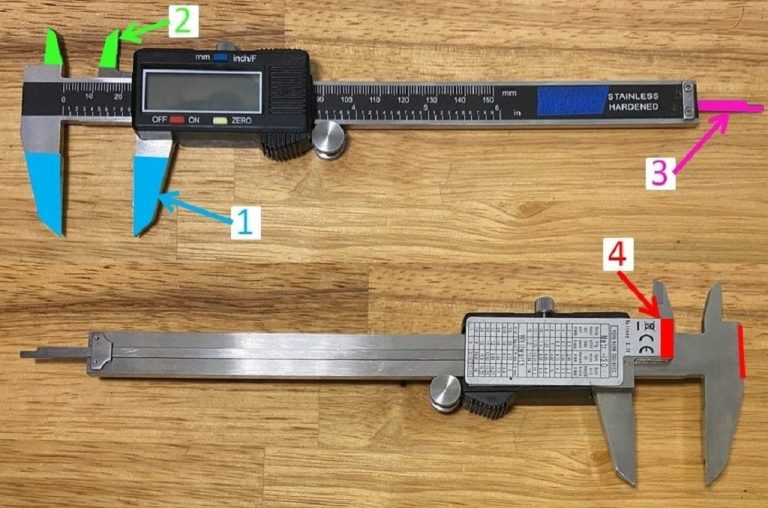
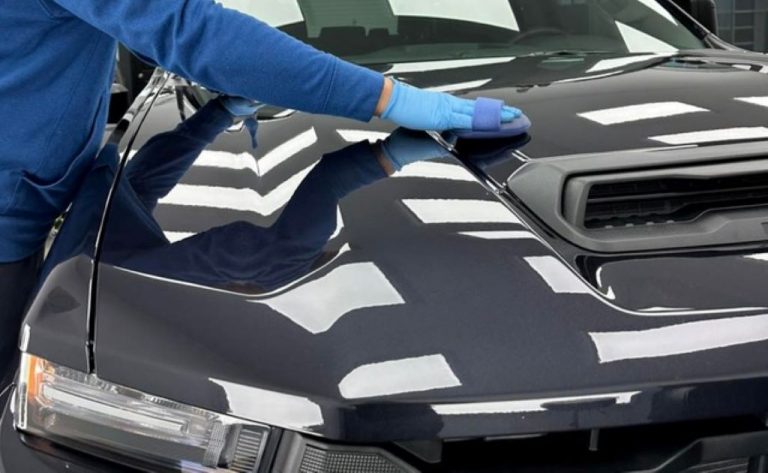



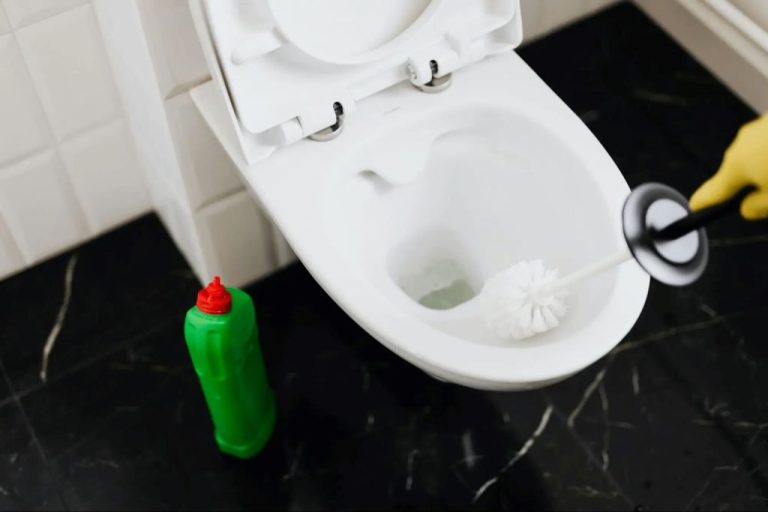
+ There are no comments
Add yours